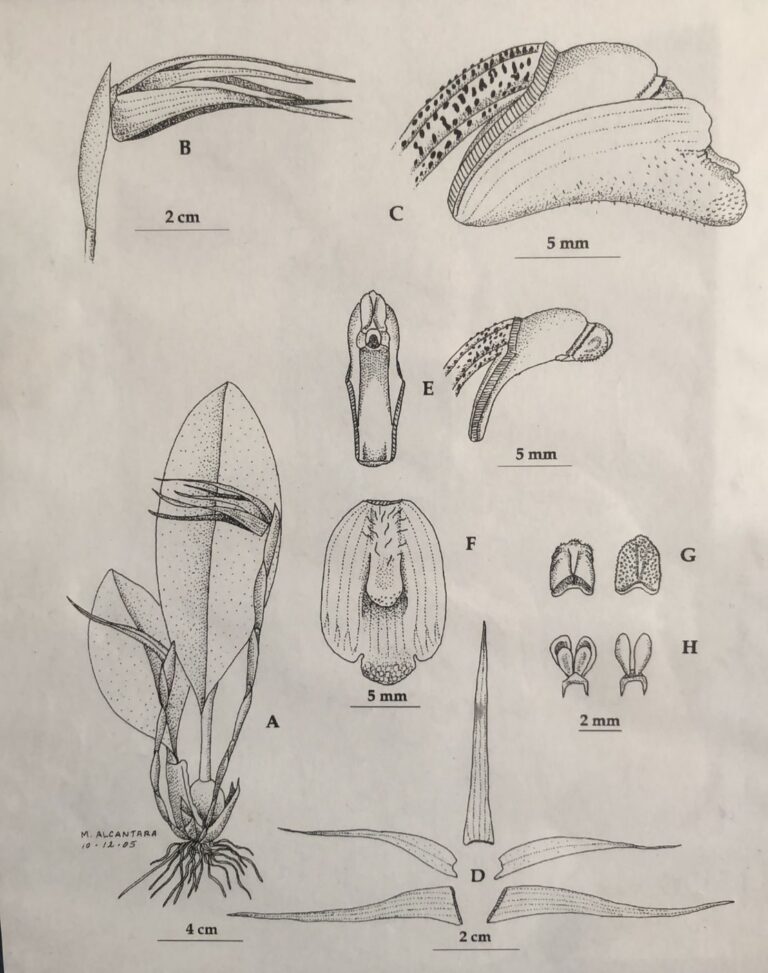Our human relationship with plants has evolved over the years, reflecting changes in societal values, scientific understanding and cultural practices. Maarten van Bodegraven traces the history of botanical gardens in the Netherlands, as a way of giving a better understanding of how humans relate to these green living organisms today. Maarten calls himself a ‘plant coach’, by which he means that he is always available for advice on all sorts of plant-related matters. He used to be a volunteer at the Botanical Garden Zuidas for many years and teaches at ROC Amsterdam in healthcare and wellbeing.
Inspired by the first Italian botanical gardens in the 16th century the Netherlands welcomed its first botanical garden in Leiden, followed by the first botanical garden in Amsterdam in 1638; de Hortus. These gardens focused on medicinal plants providing a living library for those studying medicinal sciences. The botanical garden in Amsterdam – the Hortus Botanicus – was founded by Doctor Tulp. Yes, the same Dr. Tulp who is famously captured in Rembrandt’s painting “The Anatomy Lesson of Dr. Tulp”. The study of medicinal plants remained relevant until synthetic alternatives emerged, the need for which was advanced by ongoing warfare.
When the Hortus Botanicus moved from the Reguliersgracht to the upcoming ‘Plantage’ neighbourhood in 1682, its aim also shifted towards the research of plants for trade purposes. Plant families were studied and exotic species were displayed with great care. Orangeries – rooms or buildings dedicated to house citrus fruit trees and Mediterranean plants – were built using innovative heating techniques with horse manure to protect the trees from harsh Dutch winters. Inspired by these new exotic species, the wealthy also cultivated impressive collections on their own lands, and plants and gardens became a way to show off one’s status. The Dutch East India Company (VOC) played a vital role in expanding the collection of Dutch botanical gardens. Their herbs and plants, traded from all over the world became prized parts of their collections. Amsterdam’s Hortus Botanicus benefited from trade with Africa and Indonesia, while Leiden’s garden was enriched with Japanese species. Greediness fed the need to better understand these species and people began to study their traded plants. This transformed the botanical gardens again into a place for research and education, which continued until the late 20th century.
As prosperity increased and led to the development of more urban green, plants became more and more a symbol of wealth and status. Exotic species not native to Dutch flora were brought back by so-called plant travellers, a new profession that explored and traded new plant species from abroad.
In 1967 Amsterdam founded a second botanical garden in Amsterdam Buitenveldert (now called Botanical Garden Zuidas) for education and research especially linked to the faculty of biology of the Vrije Universeit Amsterdam. In the seventies and eighties, the ecological value of plants became more relevant. The botanical gardens prioritised research and the study of plants for environmental sustainability. Plants families were held and in-depth researched in their collections. When research became more often confined to laboratories, botanical gardens separated from universities. They transformed into public spaces for education and engagement focusing on nature conservation and respect for the environment. More often artistic interventions were allowed to design and create more sensory-rich experiences within the gardens.
Today a renewed interest in community-driven green shows the importance of plants in improving social cohesion and well-being. Maarten recognises this new mindset when he teaches Generation Z. “They like to explore the possibilities of working with plants, collectively and small-scale for sustainable purposes”. As a teacher, he shows pupils of 15 to 24 years that green and well-being are related and that plants have lots to offer. You can sense Maarten’s passion for plants when he speaks about the plant collection of Botanical Garden Zuidas where he volunteered for many years. When he shares that Botanical Garden Zuidas has 150 plant families in its collection and has one family consisting of 20.000 plants his eyes light up. It is infectious when he shares his knowledge through stories and passion!
Maarten’s examples from history show us how cultural practices and botanical gardens are tied to one another and how they co-evolved over time. The importance of ongoing botanical knowledge has always been acknowledged, though by different means. From trade product to eco-sustainable combat, plants have always had a huge role in our lives.
Within Local Color we can only acknowledge the generosity of our green counterparts. And we hope, by sharing Maarten’s story, to ignite a bit of his passion for plants in others.
